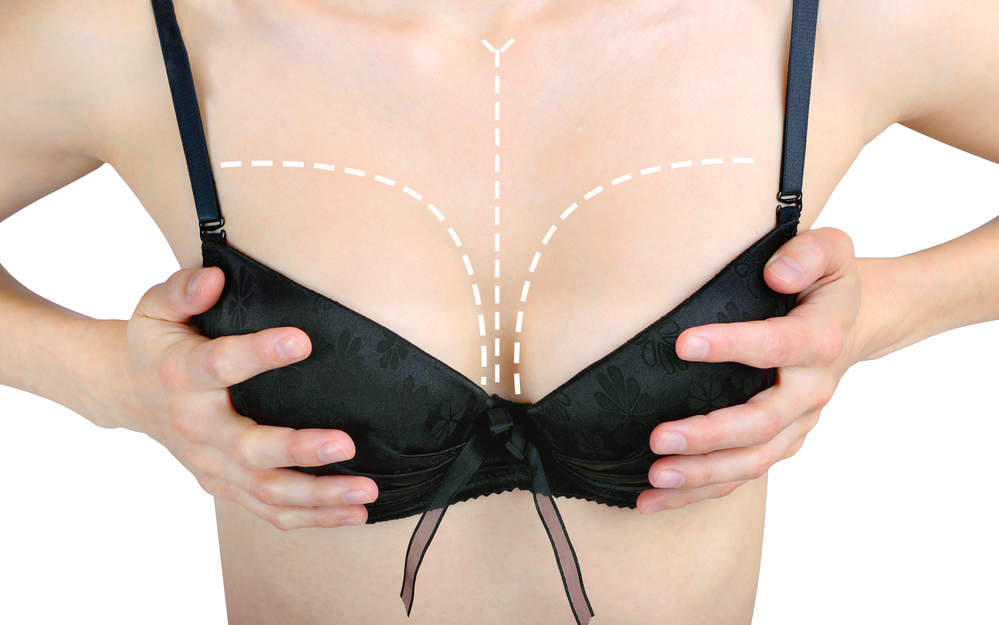The aging process can cause your breasts to lose volume and fullness gradually. Other factors such as pregnancy, breastfeeding, and significant weight loss can also contribute to sagging or drooping breasts. Whatever the cause is, a procedure known as breast fat transfer or natural breast augmentation can help you regain or enhance your breast contour. By using your own body fat, the procedure reconstructs your breasts to achieve your desired profile without the need for implants.
The Breast Fat Transfer Procedure
Before the procedure, you will undergo a consultation to assess your breast condition and general health. This process also helps determine if your goals are in line with the results you want to achieve. You will also receive a complete fat transfer to breast details during the consultation process to ensure that you fully understand the procedure.
On the day of the procedure, you will receive either local or general anesthesia depending on the amount of fat that needs to be removed. Once the anesthesia has taken effect, a very small incision will be created on the target area. The most common donor sites for breast fat transfer are your abdomen, flanks, thighs, or hips. Through the incision created in the donor site, a small, thin tube called a cannula will be inserted. The cannula is then pushed and pulled to gently break down the fat cells in the area. Once broken down, the fat is removed through powerful suction. This process of fat harvesting is an actual body contouring procedure called liposuction.
After harvesting the fat, it will be processed in the laboratory to remove impurities such as blood, oils, and tissue fluid. The purified fat will be then stored in vials and will be administered to breast areas that need additional volume and fullness.
Advantages of Breast Fat Transfer over Breast Implants
There are numerous advantages of choosing breast fat transfer over breast implants. These include the following:
- Allows the removal of unwanted fatty tissue from problem areas: Breast fat transfer requires the harvesting of fat to recreate your breasts. What is more interesting is that the procedure makes use of a body contouring procedure known as liposuction to harvest the fat from the donor sites. At the same time, liposuction sculpts the body area to improve its contour.
- Requires lesser downtime: Breast fat transfer is a less invasive procedure than breast augmentation using implants because it requires very small incisions. In addition, the purified fat is administered into problem areas of your breasts through injections. This makes the recovery time shorter.
- Gives a more natural look and feel to your breasts: The procedure makes use of your own body fat and preserves the sensation of your breasts and nipples. In addition, it does not require any foreign materials such as implants so your breasts will look and feel more natural.
- Produces less scarring: Breast fat transfer only requires very small incisions during fat harvesting. Furthermore, the purified fat is injected into problem areas of the breasts. This produces less scarring and significantly reduces scar visibility.
Limitations of Breast Fat Transfer
As with any medical procedure, breast fat transfer has its limitations. These include the following:
- One to two cup size limitation: The procedure can only achieve a modest increase in your breast size by 1 to 2 cup sizes. You will need to undergo breast augmentation using implants if you desire a significant increase in your breast size.
- Inability to lift your breasts: While the procedure can improve the appearance of sagging breasts, it does not produce a lifting effect. This makes it ineffective if you have a severe degree of breast sagging.
- Unpredictable fat survival: Not all of the injected fat will survive because they do not have their own blood supply and they will have to rely on the blood supply in your breasts to keep them alive. For this reason, you will need 4 to 6 individual sessions to achieve optimal results.
- Inability to prevent the effects of ageing: While the procedure can help restore the youthful appearance of your breasts, it cannot completely prevent the effects of ageing. Over time, your breasts will start to lose their elasticity and sagging may reappear.
Risks and Complications of Breast Fat Transfer
Some of the problems that you may experience following the procedure include:
- Bleeding
- Breast pain
- Bruising
- Cyst formation
- Fever
- Numbness
- Poor cosmetic results
- Pus draining from the incision sites
If you experience any untoward signs and symptoms, it is recommended to seek medical help immediately for further evaluation and management.
Breast fat transfer can effectively address loss of volume and fullness in your breasts. If you are considering the procedure, knowing how it is performed as well as its advantages, limitations, and risks can help with your decision-making process.

